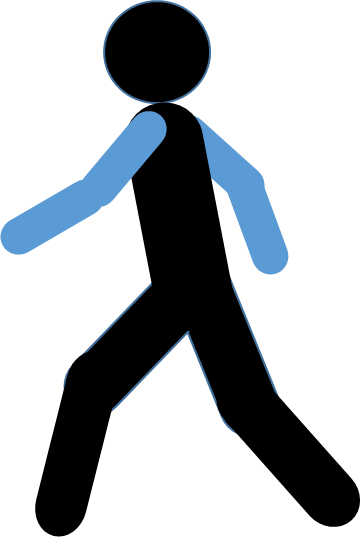Pro-Inflammatory Immune Microenvironment and THBS1-Positive Monocytes as Drivers of Osteoclastogenesis in Postmenopausal Osteoporosis.
Abstract
Postmenopausal osteoporosis (PMOP) is driven by an imbalance in the interaction among osteoclasts, osteoblasts, and immune cells within the bone marrow microenvironment. However, detailed single-cell transcriptomic data on the bone microenvironment of PMOP patients are lacking. This study characterized the cellular landscape of the bone marrow in PMOP and identified key osteoclastogenic pathways. Single-cell RNA sequencing of bone marrow cells from 10 PMOP patients and 10 controls (93 867 cells) was performed, complemented by histological validation and in vitro modulation of key pathways. The findings revealed elevated expression of cytokines and chemokines in specific cell subpopulations, including hematopoietic stem cells, B cells, T cells, dendritic cells, neutrophils, granulocyte-macrophage progenitors, and erythroid cells, which are likely to contribute to the promotion of osteoclastogenesis. Enhanced differentiation of monocytes into osteoclasts was linked to elevated B cell communication. Furthermore, three monocyte subsets (THBS1+ with CCL20+, or LRP1+, or C1QA+) exhibited osteoclastogenic potential, associated with the activation of the NOD-like receptor pathway. Targeting THBS1 significantly reduced bone loss in PMOP mouse models. This study provides a detailed characterization of bone marrow cell heterogeneity in postmenopausal women, offering insights into potential therapeutic strategies targeting PMOP.
| Authors: | Li M, Sun H, Liu L, Ning Y, Cao Y, Lu B, Zhao Y, Kuang M, Wang D, |
|---|---|
| Journal: | J Bone Miner Res;2025 Aug 24;40(9):1061-1076. doi:10.1093/jbmr/zjaf083 |
| Year: | 2025 |
| PubMed: | PMID: 40515615 (Go to PubMed) |

